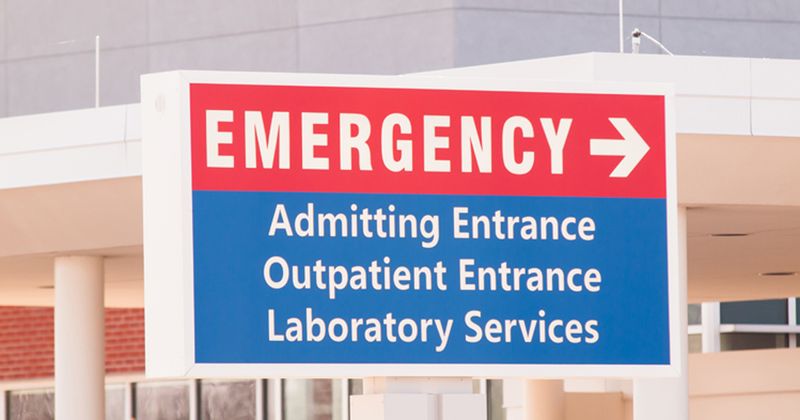Black children more often referred to children services after unintentional ingestions
Key takeaways:
- Nonwhite children more often received referrals to a social worker or children services agencies for unintentional ingestions.
- The research was presented at this year’s AAP conference.
There are significant socioeconomic and racial disparities in the treatment of children with unintentional ingestions in the ED, according to research presented at the AAP National Conference & Exhibition.
Poisoning deaths specifically among children from underrepresented groups increased between 2010 and 2019, Jennifer Allen, DO, FAAFP, the lead investigator and a pediatrician at Akron Children’s Hospital, and colleagues wrote. And in 2021, there were 37 incidences of poison exposure per 1,000 children aged 6 years or younger.

The researchers analyzed the trend by evaluating the records of 4,411 patients aged 6 years or younger who were diagnosed with unintentional ingestions between January 2013 and March 2024.
They found that, when seeking care for unintentional ingestions, Black children more often received a urine drug screening test (OR = 2.3), social work consult (OR = 1.8) and referral to children services agencies (OR = 2.8), regardless of the type of ingestion.
“This isn’t the only research to find racial disparities in the emergency department,” Allen, who presented the research, said in a press release. “Disparity has been identified among different races regarding pain management for fractures and appendicitis in the emergency department.”
Allen and colleagues additionally found that ingestions among children from a lower socioeconomic status that were pharmaceutical in nature and led to a higher severity of illness more often resulted in a children services referral, a consultation with a social worker or both.
Researchers also reported 56% of ingestions were nonpharmaceutical, nonwhite children were more likely to ingest cannabis and private insurance was linked to lower odds of referral to children services agencies or a social worker.
“This study is important in understanding where underlying bias exists in emergency departments and hospital management and where changes can be made to address this problem, thus providing equitable care for all children,” Allen said. “These findings could be useful to health care workers in emergency departments to help develop a framework for standardized clinical decision-making.”
Reference:
- Racial disparities exist in emergency department treatment of children with unintentional ingestions. https://www.eurekalert.org/news-releases/1058460. Published Sept. 27, 2024. Accessed Sept. 27, 2024.








